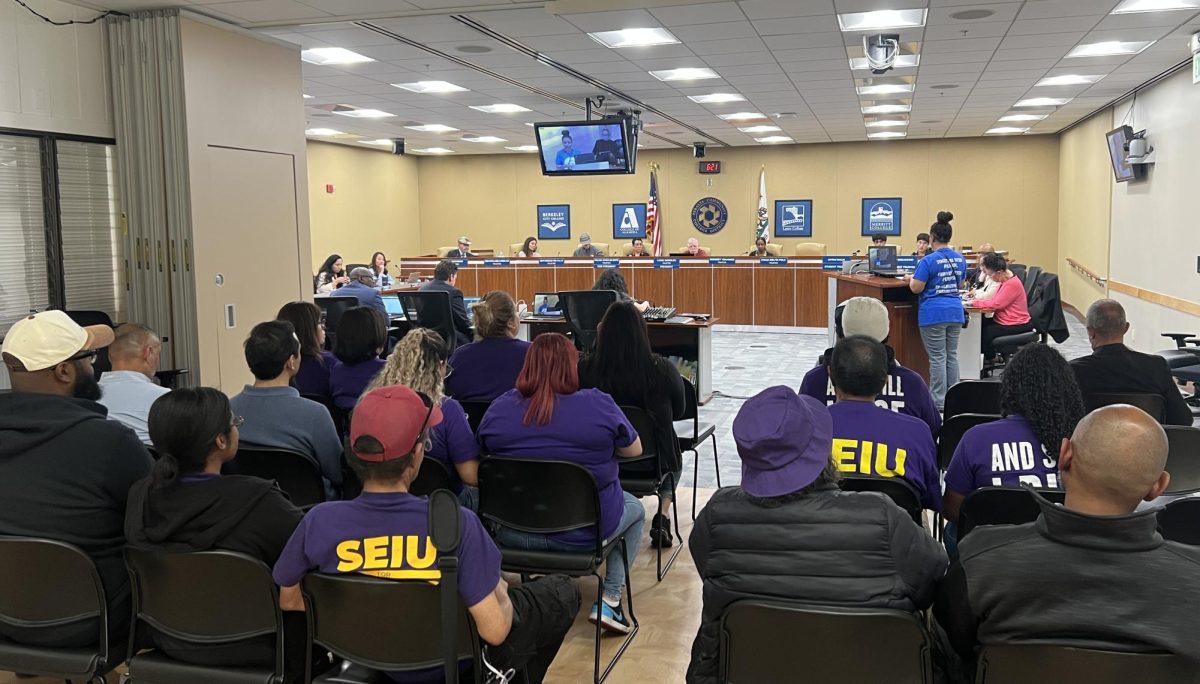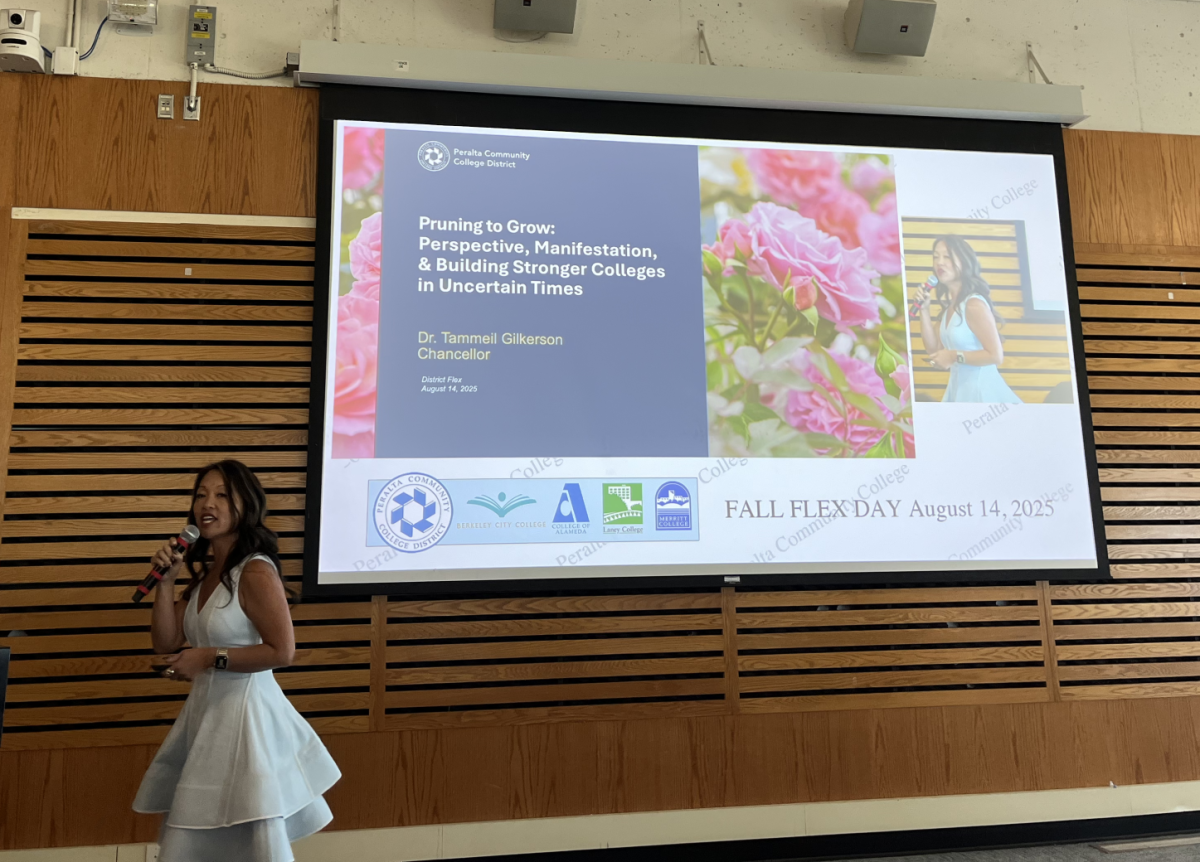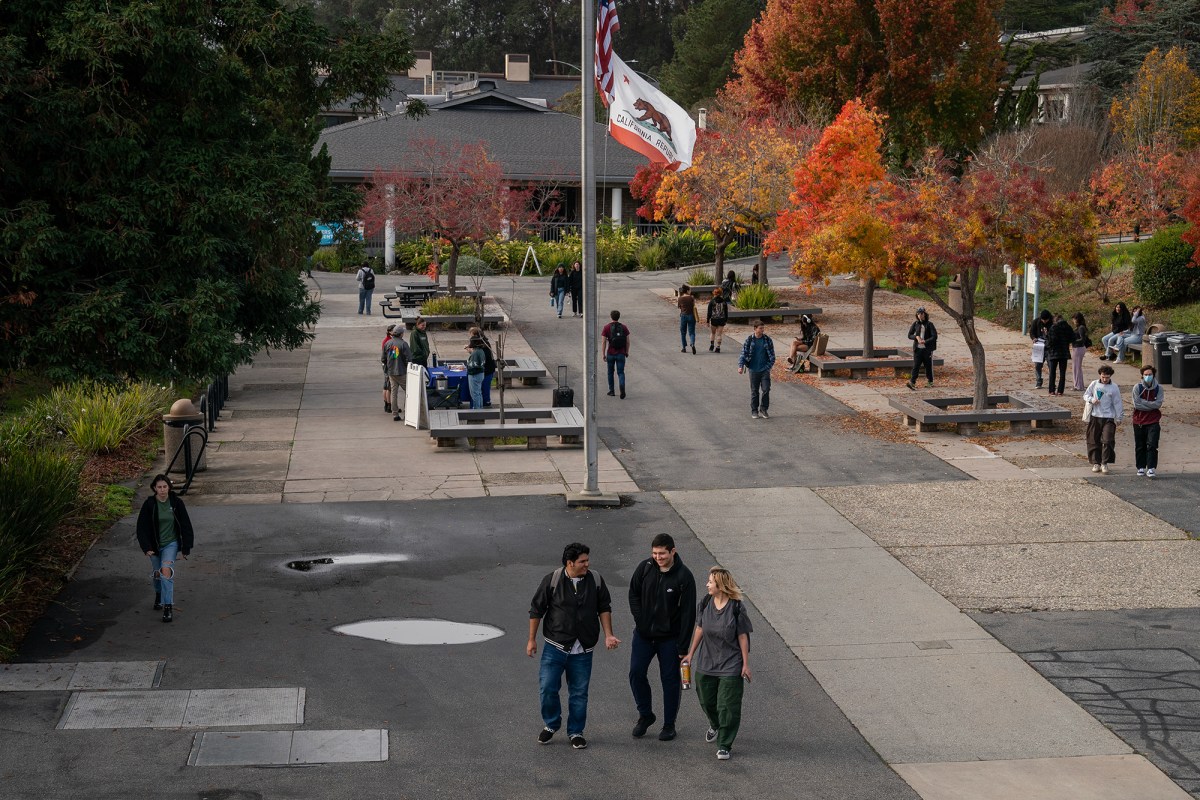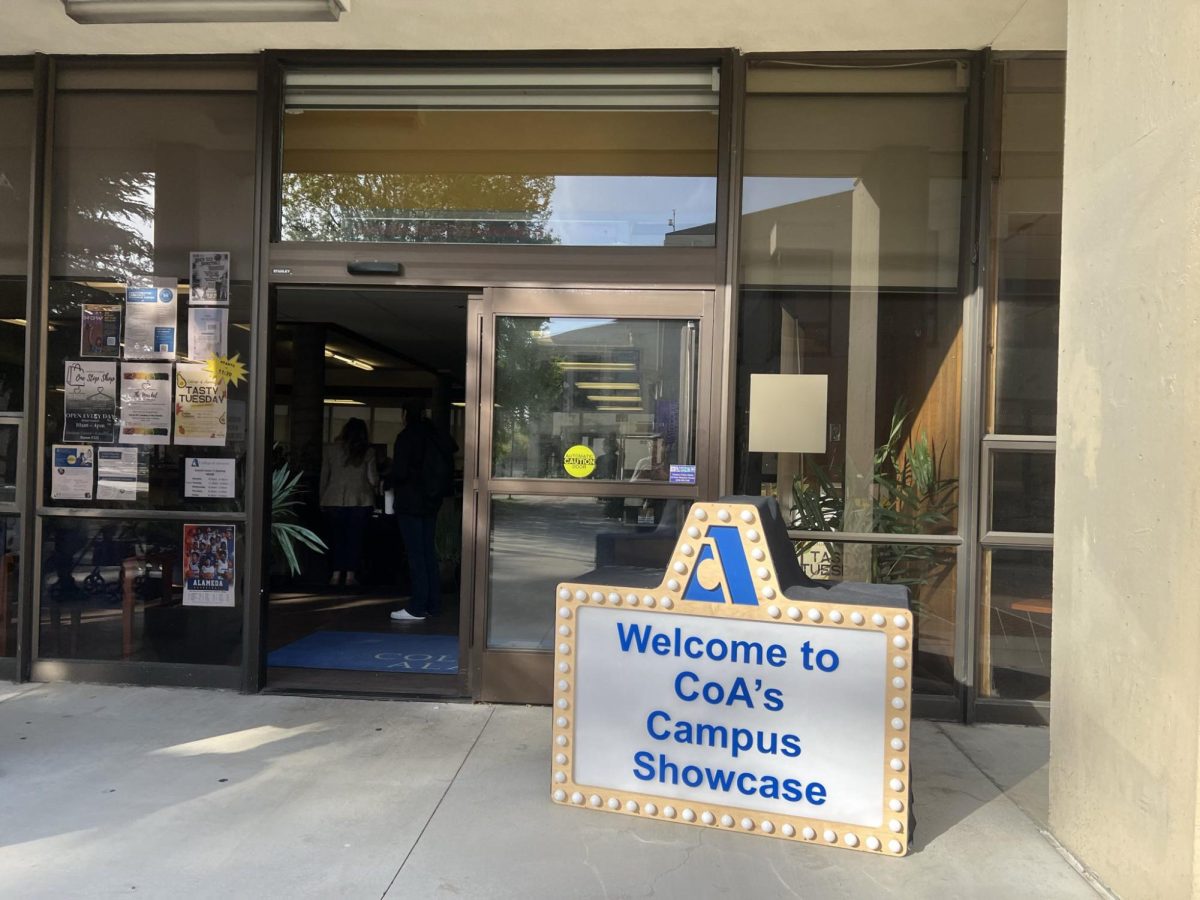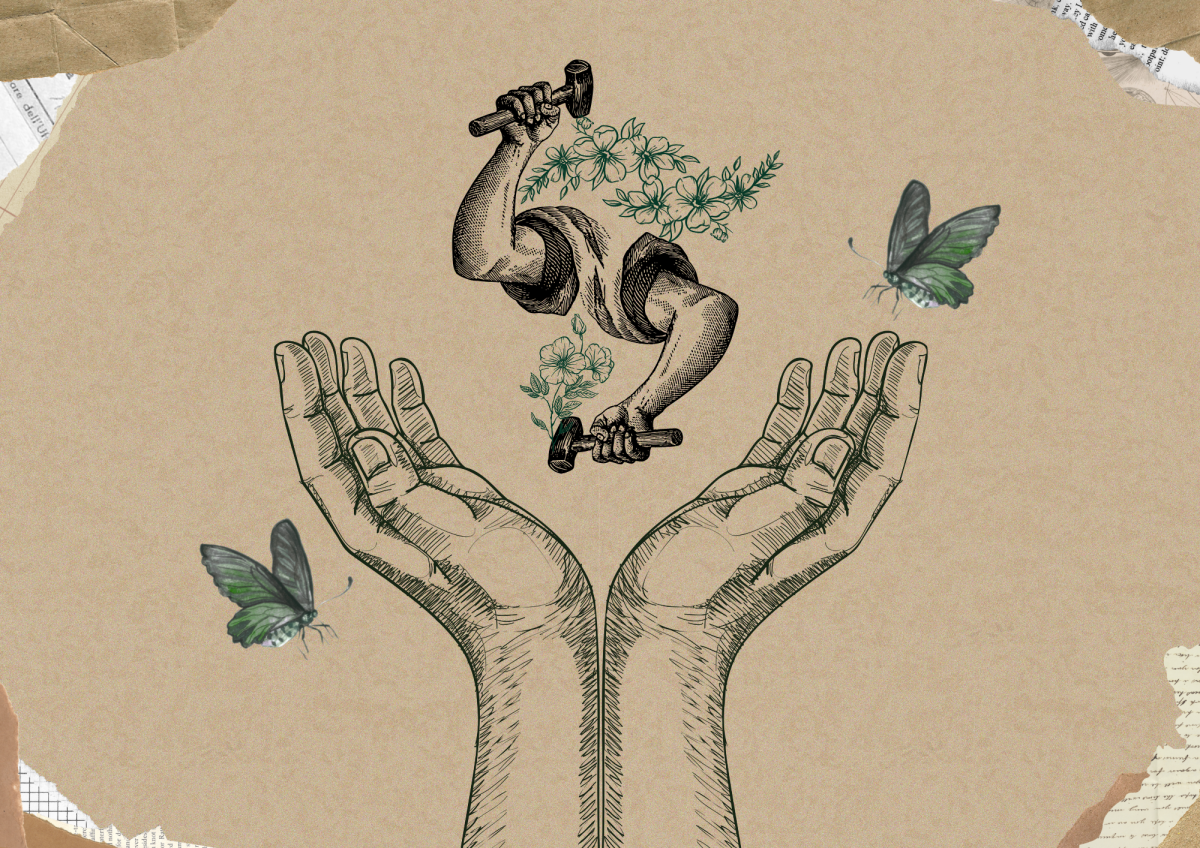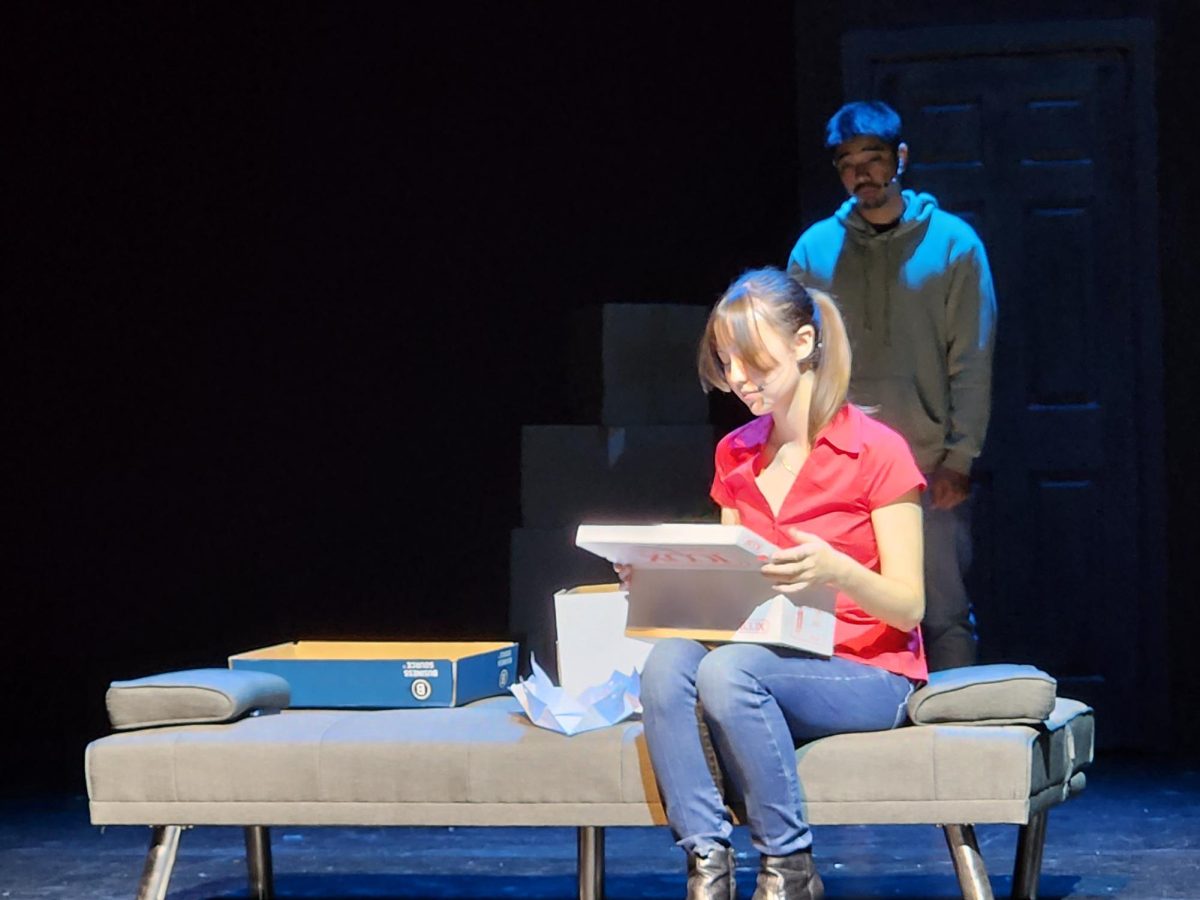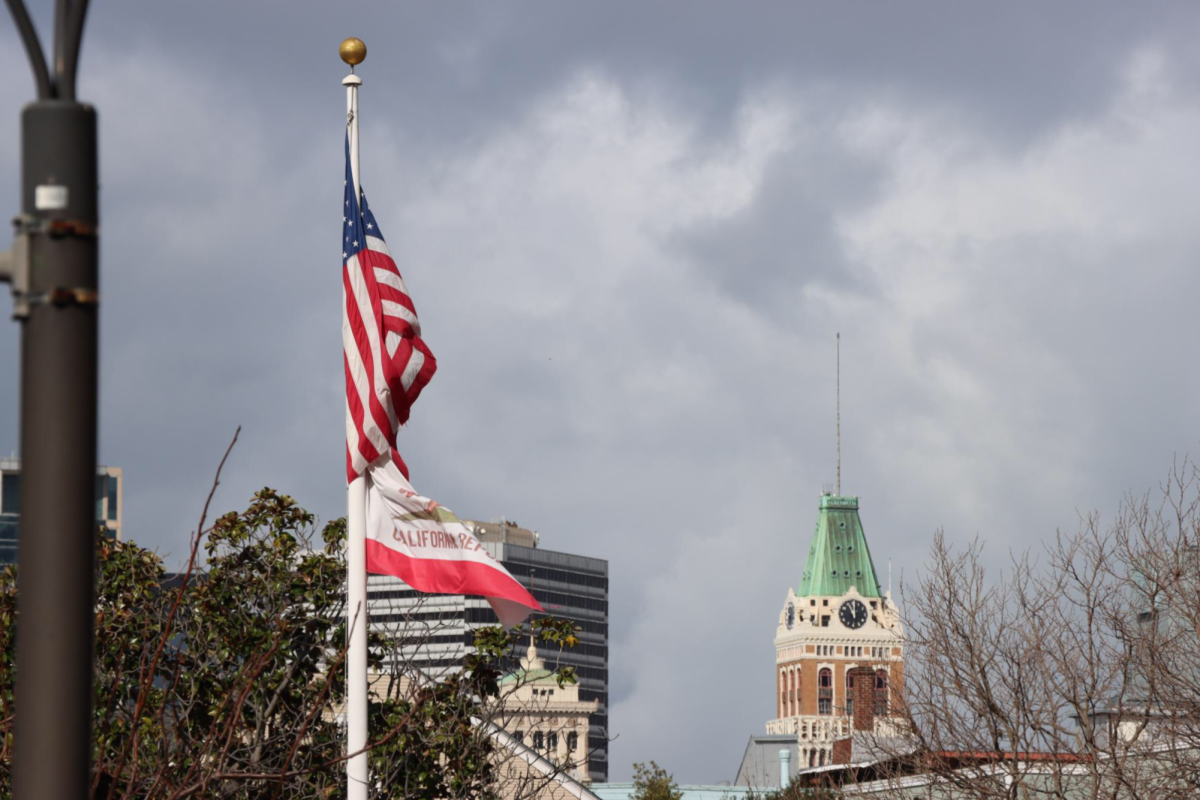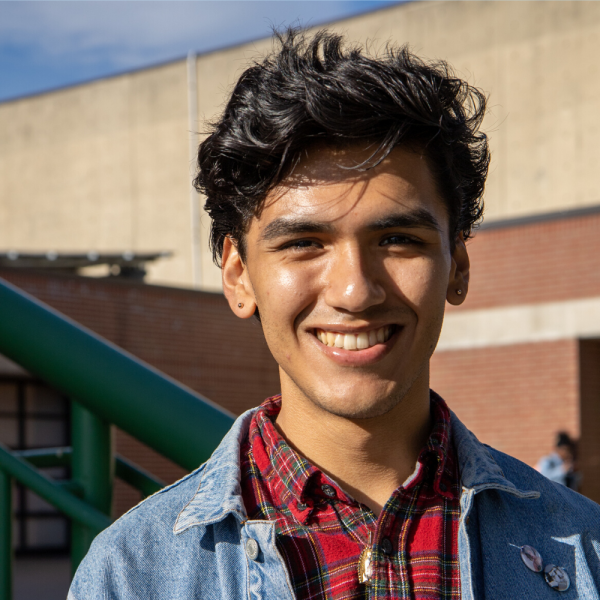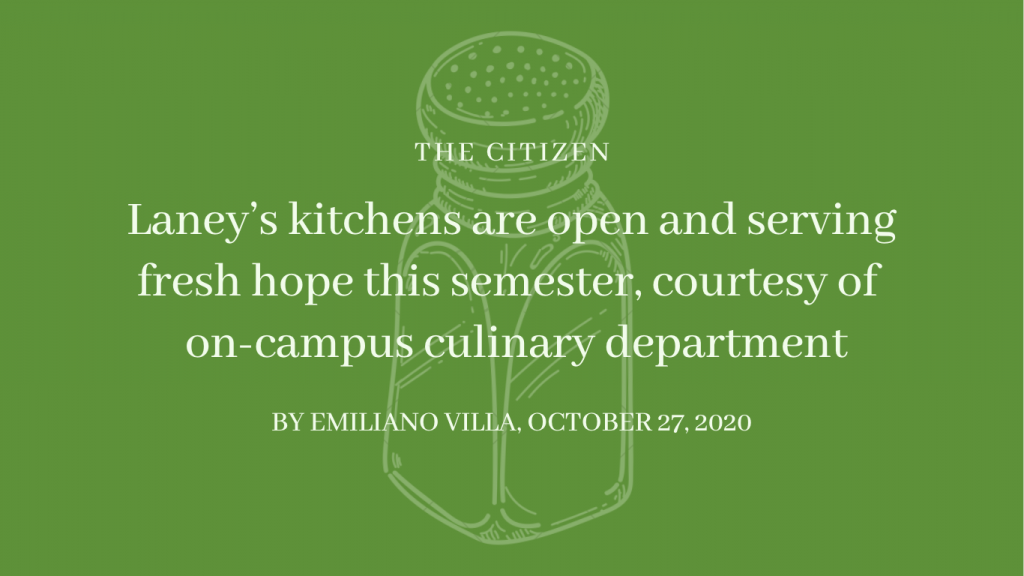
In past semesters, hungry students on Laney’s campus were never far from an amazing meal. Located in the heart of campus is Laney’s cafeteria, often filled to the brim with bustling students and a delectable assortment of affordable, made-to-order choices. Anyone could eat their way from breakfast to lunch and even dessert and still have change to spare.
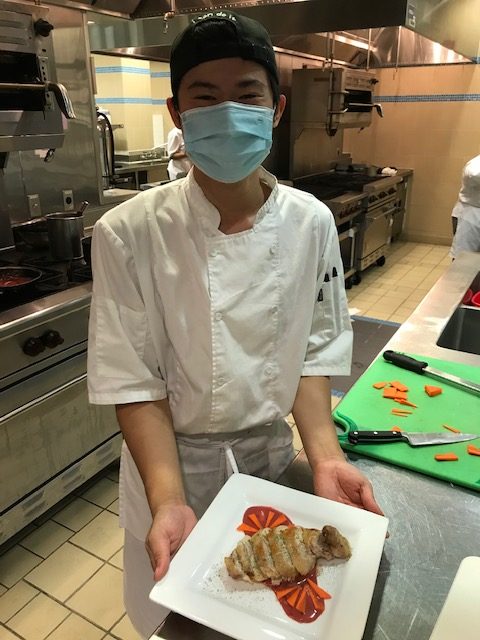
Laney Bistro, which offers a five-star fine dining experience for a fraction of the price, is another food option within reach. However, it’s been seven months since the COVID-19 pandemic forced students to attend college from home. With a lack of students on campus, have the kitchens closed at Laney? The Citizen investigates.
When shelter-in-place orders went into effect last spring, all classes went online – including the culinary arts department. But how does a trade program focused on hands-on culinary and baking production go from a full-service kitchen to Zoom?
“This was new for many students who had never taken an online class,” said Chef Chantal Martin, cooking instructor and co-chair of Laney Culinary Arts.
Run by two Bay Area locals who’ve worked worldwide and had whirlwind careers in the culinary industry, the program usually places students in the kitchen from day one and real-world experience is highly stressed. Students learn the basics of industry standards in sanitation, knifework, pricing, and recipe and measurement conversions.
According to Martin, “learning food costs is very important so students can sell appropriately.” This extensive preparation prepares students not only for the kitchen, but other career options in hospitality, marketing and beyond. In addition to receiving this foundation, culinary students hustle to produce the delectable goods in the cafeteria and bistro.
“The Bay Area is cutting edge, and the industry is as good as it gets,” said Chef Loriann Raji, baking and pastry instructor and department co-chair.
Chef Martin agreed. ”This is one of the world’s biggest culinary markets, so the bar is extremely high. For our grads to be competitive, they need to have the best and that’s what we strive to give them,” he said.
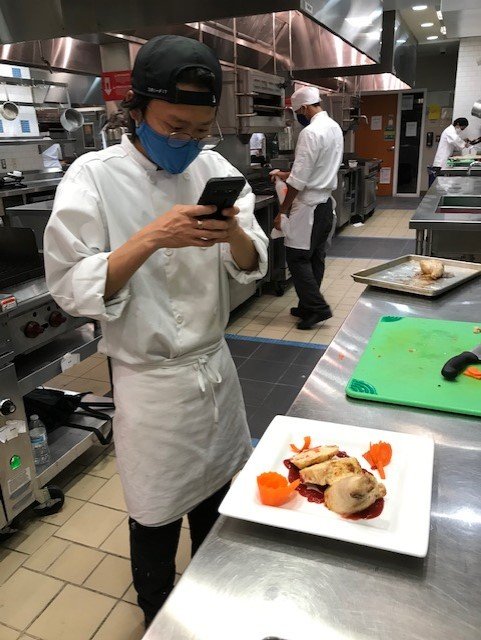
For the safety of students and staff, classes went online last semester. Students were given recipes and videos to replicate the learning experience and were graded based on photos and videos of their dishes. After working through the summer with various entities, including Laney’s Return to Campus Task Force and Alameda County Health Department, the culinary department decided to return to in-person learning for the fall semester. To keep students and faculty safe, the department meets in small class sizes and follows rigorous protocols, including mandatory temperature and mask checks, utilizing separate entrances and tracking students’ arrivals and departures for contact tracing.
According to Raji, these classes are usually very social with students constantly eating together and sharing their work. She said that even though classes are now less social, the passion and drive are still there. The classes have reduced their yield since they’re not feeding the full campus anymore, and are careful to ensure nothing goes to waste. Students have been taking their creations home, in addition to with working with World Central Kitchen to donate food to those in need. In the words of Chef Raji: “Food is healing, love, compassion.”
As for what’s next for Laney Culinary, staff and students are looking toward a bright future, awaiting the day they can safely serve a full campus. “My great hope is that we emerge on the other side of this safer, stronger and better,” Martin said.
“A lot of healing goes on in my class, and there’s nothing better,” Raji said.
Both hope that students take away the lesson that great food doesn’t just nourish, but can create lasting memories. “They’re taking the power to be that for someone else.”

